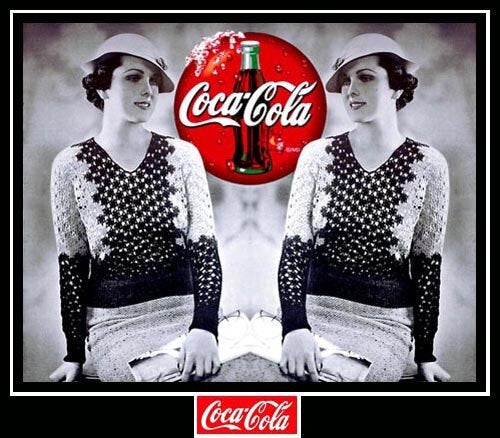
Cue the music; the gauzy, soft-focus ads; and the focus-grouped fridge magnets: Coca-Cola turns 125 this week.
Coke has something of a 10-Year Plan, first floated in a chilly manifesto called "2020 Vision and Roadmap for Winning Together" -- a doubling of Coca-Cola's global revenue by 2020, which says, "We are creating new strategies that are winning over a massive new generation of teens to drive growth of Trademark Coca-Cola."
I think what that means is: "We want to sell more Coke to more kids more often everywhere in the world." And that would be a public health disaster.
Besides carbonated water, Coca-Cola's main ingredient is high-fructose corn syrup. While no better or worse than regular sugar, that ingredient promotes weight gain and weight gain's offspring: obesity, diabetes, and heart disease. Soda's next ingredient is caramel coloring, which despite the name has little to do with caramel as you know it. Produced with ammonia and sulfites, industrial "caramel coloring" is contaminated with two carcinogens, 4-methylimidazole and 2-methylimidazole. Phosphoric acid erodes tooth enamel. Caffeine is a mildly addictive drug, making the concoction mildly habit forming. And, despite the efforts of dissenting shareholders, Coke cans are lined with the controversial, endocrine-disrupting chemical bisphenol-A. It's as if this drink were specifically engineered to promote health problems.
Of course, back in the late 1800s when morphine-addled pharmacist John Stith Pemberton invented the syrup that combines with carbonated water to make Coca-Cola, he had no idea that his concoction would become what it is today. According to the sanitized mythology on Coca-Cola.com, in its first year on sale at an Atlanta soda fountain, sales averaged just nine glasses a day.
Today, "liquid candy" -- non-diet carbonated soft drinks -- is the single largest source of American calories, providing about 7 percent of calories. According to our most recent report, the average 13- to 18-year-old boy drinks about two 12-ounce cans of soda per day; girls of the same age drink the equivalent of one-and-a-third cans per day. Fortunately, despite the hundreds of millions of dollars Coke spends on marketing in the United States, consumption is declining. In fact, per capita sales of Coca-Cola itself have declined by 30 percent since 1998. That's one of the best bits of health news around.
Thanks to many decades of sunny television advertising Coca-Cola conjures up warm and fuzzy feelings among many Americans. But I hope that in observance of this anniversary, policymakers and parents do everything they can to drive Coke consumption down even further. Instead of doubling soda sales, let's commit to cutting soda consumption far more by 2020. That would be a milestone worth celebrating.
